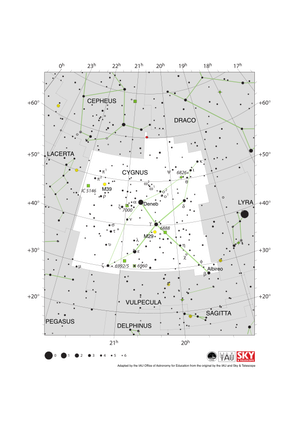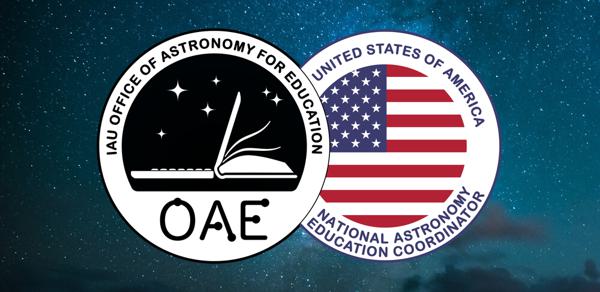Glossary term: 超新星遗迹
Description: 超新星遗迹是超新星爆炸后残留的结构。它由超新星冲击产生的炽热气体和等离子体组成。在许多超新星遗迹中,恒星超新星爆炸所产生的黑洞或中子星也存在,不过在某些超新星遗迹中,黑洞或中子星已被爆炸的力量抛出。
超新星的爆炸能量会产生冲击波,冲击周围的星际气体。这种冲击波将周围的气体加热并电离到极高的温度(超过一百万开尔文)。这种高温气体会发出各种波长的光,包括 X 射线的重要来源。冲击还能将粒子加速到很高的速度,使超新星残骸成为宇宙射线的重要来源。
通过观察超新星残骸的膨胀速度,天文学家可以估算出它需要多长时间才能达到目前的大小。这样,天文学家就能确定超新星爆炸的大致时间。银河系中的几颗大型超新星遗迹都是通过这种方法测定的时间,并与天文学家数百年前观测到的超新星联系在一起。
Related Terms:
See this term in other languages
Term and definition status: The original definition of this term in English have been approved by a research astronomer and a teacher The translation of this term and its definition is still awaiting approval
The OAE Multilingual Glossary is a project of the IAU Office of Astronomy for Education (OAE) in collaboration with the IAU Office of Astronomy Outreach (OAO). The terms and definitions were chosen, written and reviewed by a collective effort from the OAE, the OAE Centers and Nodes, the OAE National Astronomy Education Coordinators (NAECs) and other volunteers. You can find a full list of credits here. All glossary terms and their definitions are released under a Creative Commons CC BY-4.0 license and should be credited to "IAU OAE".
If you notice a factual or translation error in this glossary term or definition then please get in touch.
Related Diagrams
金牛座星图
Credit: 国际天文学联合会天文教育办公室(IAU OAE)根据国际天文学联合会和《天空与望远镜》的原文改编
License: CC-BY-4.0 Creative Commons 署名 4.0 国际 (CC BY 4.0) icons
Cygnus Constellation Map
Credit: Adapted by the IAU Office of Astronomy for Education from the original by the IAU and Sky & Telescope
License: CC-BY-4.0 Creative Commons 署名 4.0 国际 (CC BY 4.0) icons










